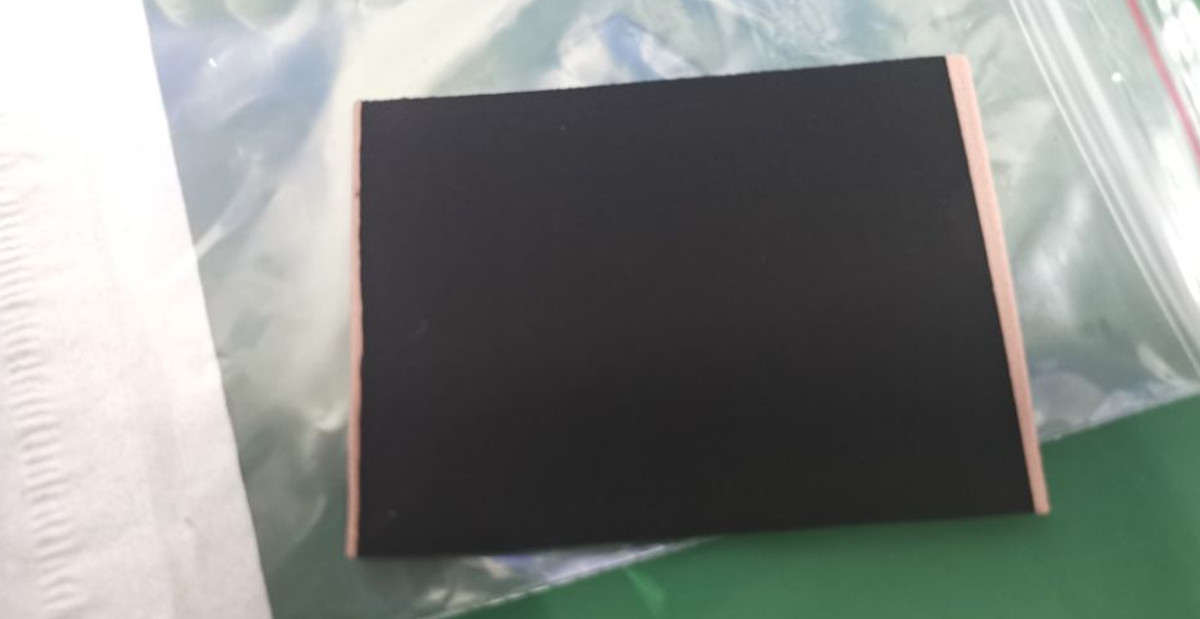Battery Technology Is Hard To Break Through
Battery Technology Is Hard To Break Through – Ultrasonic Spray – Cheersonic
With the rapid development of science and technology, mobile intelligent devices such as various mobile phones, tablets, ultrabasic devices are visible development, which is basically going to a higher level every year. But they can not get rid of the limitation of too small capacity of lithium battery. Basically, one day, if it is used frequently, even large mobile power supply is barely enough. Is the utilization rate of lithium battery at present at the limit of human science and technology? Can human technology develop a new energy source that can last longer than lithium battery in the foreseeable future 20 years?
The battery is always improving from the original basic cell – the fuel cell – now there are also super capacitors

Battery
The battery consists of electrodes (cathode (+ and anode (-), conductive electrolyte and diaphragm between anode and cathode. In the rechargeable lithium-ion battery (LIB), the univalent lithium cations migrate between electrodes. When discharging, anode (-) oxidizes (loses electrons), and cathode reacts (gets electron). When charging, this process is reversed.
Thanks to its high energy, power density, improved safety and lower material costs, lib revolutionized the electronics industry and entered all aspects of our lives, including from mobile devices to electric vehicles. In 2019, scientists who developed lib technology won the Nobel Prize in chemistry.
Fuel Cell
Fuel cell consists of anode, cathode and conductive electrolyte, which is usually connected in series to form a battery stack, thus increasing the total electricity generated. The electrode is composed of porous materials and the surface is coated with catalyst to generate electric energy. According to the type of electrolyte used, fuel cells are divided into five categories: polymer electrolyte membrane, solid oxide, phosphoric acid, alkali and molten carbonate. Polymer electrolyte membrane, also known as PEM, is considered to be the most promising alternative to the basic fuel cell technology.
With high efficiency, low emission and low environmental impact, fuel cell has become an alternative technology superior to traditional combustion engines. Fuel cells only generate heat and waste water, so they are expected to be candidates for future power supplies, and can be used in various applications including portable devices, fixed equipment and transport solutions.
Supercapacitor
The composition of super capacitors is similar to that of batteries. However, the characteristics of super capacitors are their charge storage capacity. Electrode materials have a certain contribution to the storage performance of super capacitors. Capacitors can be divided into three categories: double-layer capacitors with electrostatic effect, quasi capacitors with electrochemical effect and hybrid capacitors with double effects.
Super capacitor is a kind of high-density energy with high energy storage capacity, long shelf life and fast charging capacity, and is an ideal choice for hybrid vehicles, portable equipment and energy capture applications.
Ultrasonic Fuel Cell Catalyst Coating Systems
If you are interested in ultrasonic spraying system, if you want to know the price of ultrasonic spraying system, please contact us, market2@cheersonic.com

